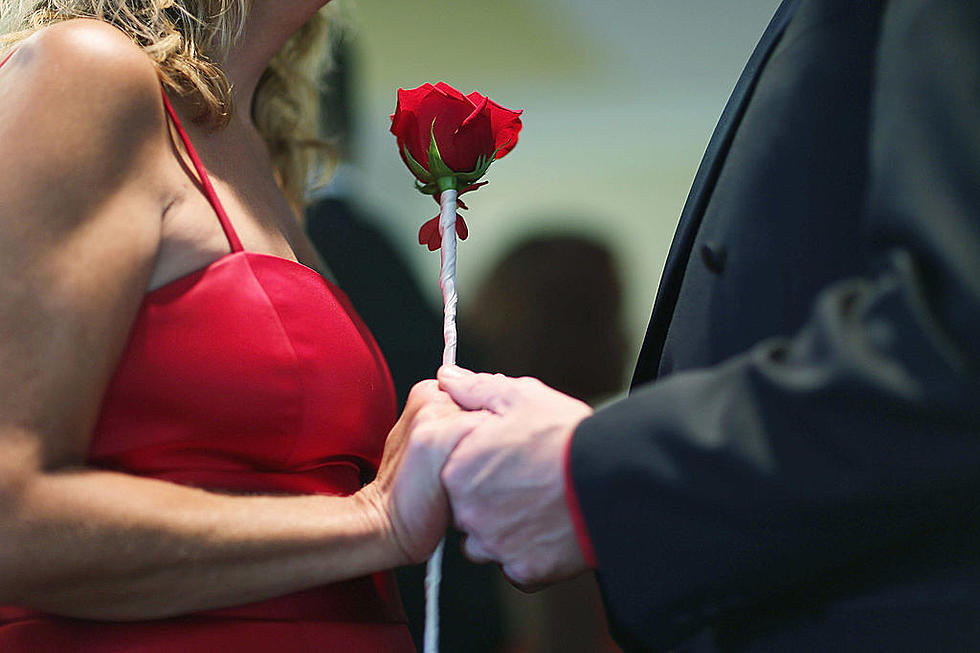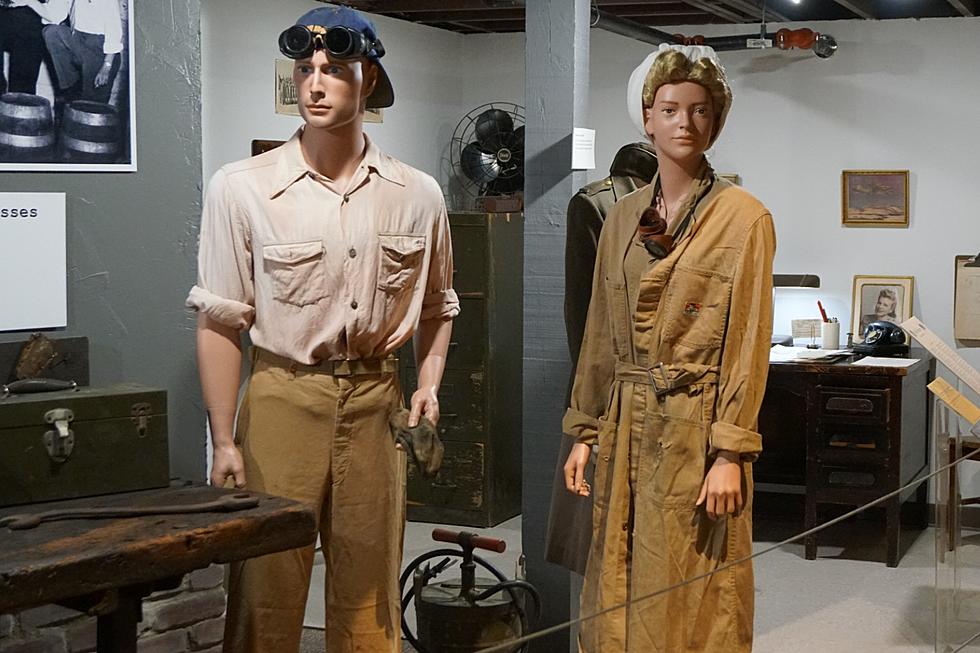
St. Cloud Resident Stephen Miller Nominated For Governor – On ‘This Date In Central Minnesota History’
ST. CLOUD - August 19, 1863 – St. Cloud resident Stephen Miller nominated for Governor at the Republican State Convention. He would be elected and as the 4th Governor of Minnesota
Stephen Miller, one of St. Cloud’s most famous citizens, wasn’t born a native Minnesotan but the people of our state adopted him as one of their own. Born in Perry County, Pennsylvania in 1816, he worked through his youth as an apprentice in the milling industry before finding his passion for public service. The first office Miller was elected to was of the county clerk in Dauphin County, Pennsylvania. Soon after, he was noticed by the governor and appointed Flour Inspector of Philadelphia. Miller’s interest in politics also led him to edit and publish a ‘leading organ’ of the Whig party, the “Pennsylvania Telegraph” for several years before moving to Minnesota in 1858.
When Miller arrived in St. Cloud, he formed a partnership with Henry Swisshelm (brother-in-law to the well-known civil rights advocate Jane Swisshelm) and together they created the firm of Miller and Swisshelm, opening a mercantile in lower St. Cloud. Miller soon became active in Minnesota politics as a delegate and leader of the electorate in 1860. Also during this time, he participated in a series of debates and became well known throughout the state. He took a break from public service in 1859 to practice law, but he kept his connection with the people of St. Cloud by delivering a series of lectures throughout 1859 and 1860.
While Miller was growing closer to the people of central Minnesota, the north and the south were growing farther apart. And after Lincoln was elected, southern states began seceding from the Union and the Civil War began. Miller and his oldest son Wesley (who would later die fighting bravely at Gettysburg) both enlisted in the First Minnesota Regiment. Soon after enlisting, Miller was promoted to Lieutenant Colonel by Governor Ramsey. When St. Cloud heard of his promotion they began collecting donations to buy Miller a sword to take to war. Miller gratefully received the gift from his new hometown, and valiantly carried the sword to the battles of Bull Run, Centerville, and Yorktown, as well as many others.
At one point during a battle, Miller was bucked off his horse, and returned to Minnesota to recover. He was put in charge of Fort Lincoln near Mankato where he took part in one of Minnesota’s darkest days. On December, 26th 1862, President Lincoln ordered 38 Sioux Indians to be hung for their part in the Dakota Wars (1862-1865), and it was Miller who carried out that order.
In 1863, Miller was promoted to Brigadier General, and began his campaign for governor. He was already well-known throughout most of the state, and his service during the Civil War made him the perfect candidate. He won the Republican Party’s nomination on this date, August 19, 1863, and went on to beat H. T. Welles to become the 4th governor of Minnesota. Following his victory, Miller resigned his commission and left the Army.
As governor, Miller saw our state through the end of the civil war, and helped to calm the tensions between Minnesotans and maintain peace through the Dakota Wars. He became a champion for veteran’s rights, helping returning soldiers with the recovery process as well as the families of veterans. After his time as governor, Miller went on to represent the southwestern portion of Minnesota in the state’s house of representative.
After he retired from politics, Miller worked as the head of the land department for the St. Paul and Sioux City Railroad while living in Windom and Worthington, where he died in 1881 at the age of 65.
The sword that was presented to Miller by the people of St. Cloud was passed through the family until the last surviving son died. Without any children to pass the sword on to, his widow sent it back to the people of St. Cloud in 1908. The sword changed locations over the years but it now resides in the Stearns History Museum collection.
Thanks to Stearns History Museum volunteer Spencer Brown and the Stearns History Museum for their help with our series, "This Date In Central Minnesota History", on WJON.
More From AM 1240 WJON







![Autumn Kicks Off in St. Cloud at 2nd Annual Harvest Fest [PHOTOS]](http://townsquare.media/site/67/files/2022/09/attachment-DSC08984.jpg?w=980&q=75)

